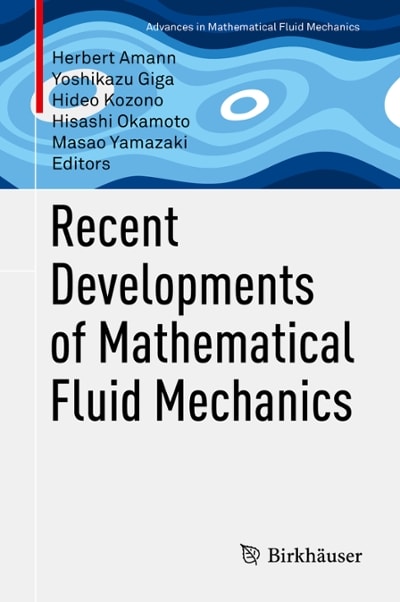Question
1.A prospective cohort study comprised of 250 individuals was created to measure the association between occupational exposure to polybrominated biphenyls (PBBs) and abnormal thyroid hormone
1.A prospective cohort study comprised of 250 individuals was created to measure the association between occupational exposure to polybrominated biphenyls (PBBs) and abnormal thyroid hormone levels among those in agricultural occupations. 100 individuals were exposed in the cohort, and 150 were not exposed. Among those exposed, 70 developed abnormal thyroid levels. Of those who did NOT develop the outcome, 125 were NOT exposed.
a.Construct a 2x2 table (3 points)
b.Calculate the cumulative incidence of the outcome among the exposed. Use appropriate units. (3 points)
c.Based on the information provided, are we able to calculate an incidence rate? Why or why not (3 points)?
3.A research team is examining a group of 700 individuals in the South of France to evaluate the association between exposure to a rare flame retardant (an organophosphate) in their food and the development of Type II diabetes. After consulting with experts, the researchers find they will need to monitor members of the cohort for 20 years to observe the outcome. Individuals either had low exposure (n=500), moderate exposure (n=150) or severe exposure (n=50).
a.At the end of the study, an RR of 1.7 is observed (high exposure vs. low exposure). Interpret this RR (4 points).
b.Researchers observe, over the course of 20 years, 16 individuals die due to diabetes-related illnesses in the severe exposure group, 12 die due to diabetes related illnesses in the moderate exposure group, and 10 die due to diabetes related illnesses in the low exposure group. Overall, 210 in the cohort die over the course of the study period. Based on the information provided, calculate and interpret the PMR for diabetes-related illness among the entire cohort (4 points).
c.Keeping the same exposure and outcome, could this study be designed as case-control? Why or why not (4 points)?
4.Explain the difference between secondary and tertiary prevention, and provide an illustrative example of each (6 points).
Step by Step Solution
There are 3 Steps involved in it
Step: 1

Get Instant Access to Expert-Tailored Solutions
See step-by-step solutions with expert insights and AI powered tools for academic success
Step: 2

Step: 3

Ace Your Homework with AI
Get the answers you need in no time with our AI-driven, step-by-step assistance
Get Started


